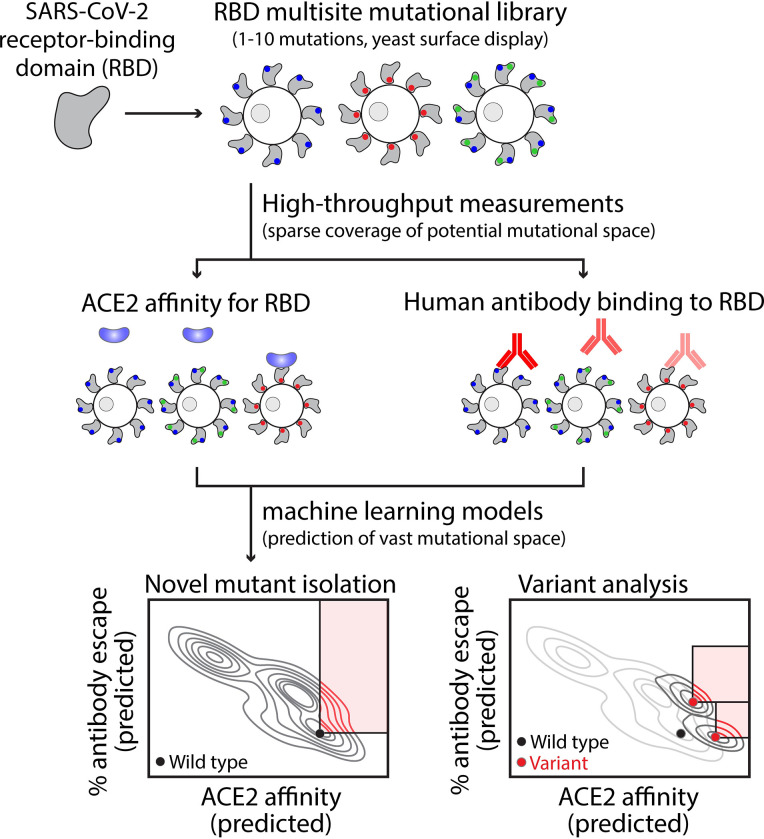Fig 1. Overview of the development of machine learning models for predicting mutations in the receptor-binding domain of SARS-CoV-2 that increase transmissibility.
Machine-learning models were trained and tested on large but sparsely sampled experimental datasets that characterize the impact of single and multisite RBD mutations on ACE2 affinity and human serum antibody binding (>100,000 RBD variants with 1–10 mutations). The relative binding levels of human serum antibodies to RBD mutants were converted into % human serum antibody escape values as 100% minus the % antibody binding to mutant RBD relative to wild-type RBD. It is important to consider the impacts of RBD mutations on both properties because ACE2 affinity strongly impacts viral infectivity and human antibody binding strongly impacts viral neutralization. The two models were employed to predict mutations, and combinations thereof, that increase ACE2 affinity, human serum antibody escape or both for the vast mutational space that is much larger than what is possible to evaluate using experimental methods. Mutations were identified that enhance transmissibility for wild-type SARS-CoV-2 as well as additional mutations that further enhance transmissibility of several current and former CDC Variants of Concern.

